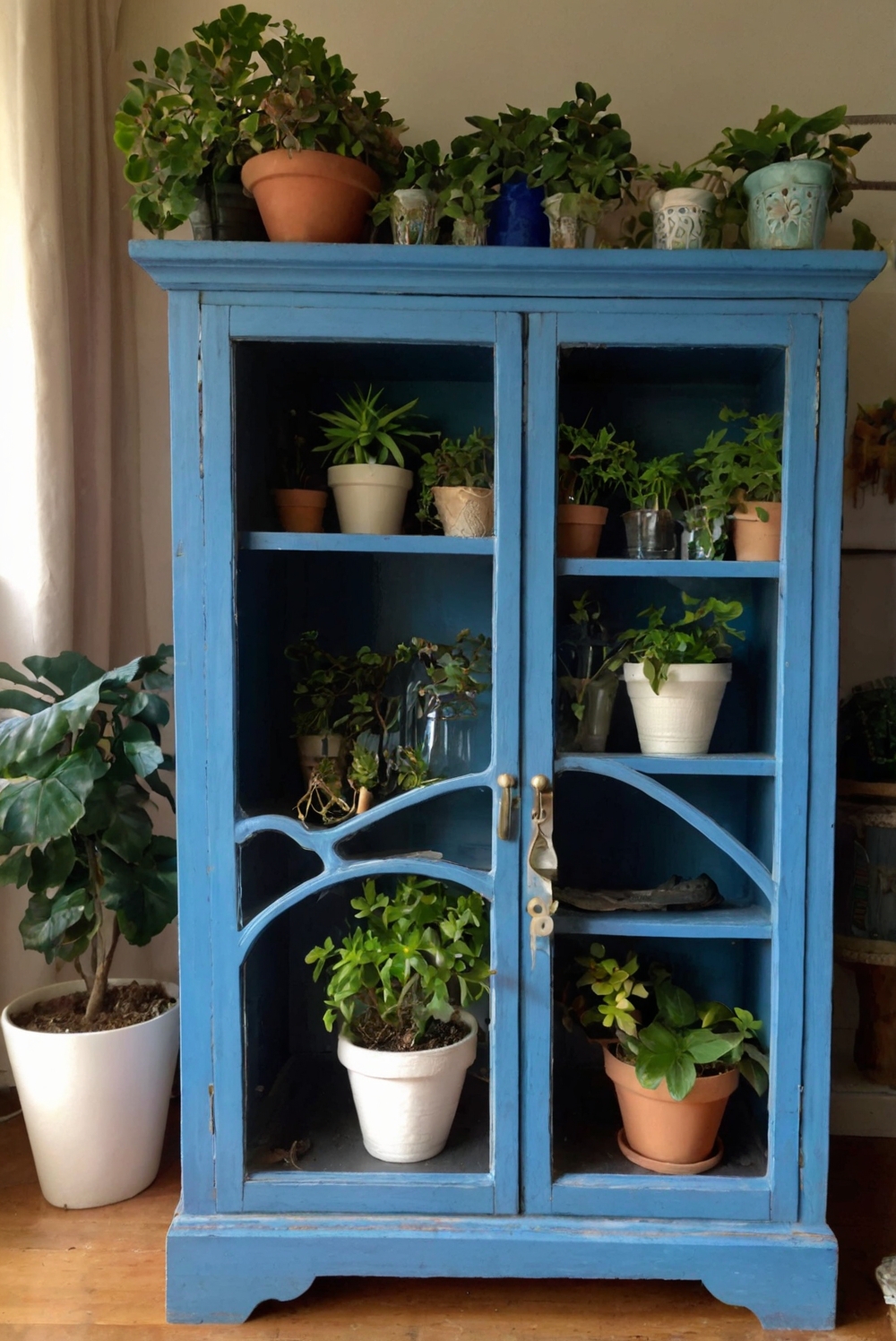If you’re looking to expand your plant collection, discover expert tips for propagating plants in your daily interior designer routine.
Tips for propagating plants to expand your collection include:
1. Choose healthy plant cuttings with at least two nodes to root successfully
2. Use a rooting hormone to encourage growth
3. Place cuttings in a well-draining soil mix or water until roots form
4. Maintain humidity levels for optimal growth
5. Monitor for pests and diseases
6. Transplant rooted cuttings into individual pots
7. Be patient, as propagation can take time
8. Consider using grow lights or a greenhouse for optimal conditions
Additionally, consider incorporating your propagated plants into your home decorating scheme. Use them to add a touch of greenery to your living room, bedroom, or kitchen. You can also experiment with different plant arrangements to enhance your interior design. Don’t forget to match your wall paint colors to complement the plants for a cohesive look.
Understand the Plant’s Propagation Method
When propagating plants, it is crucial to understand the specific method that works best for each type of plant. Different plants require different propagation techniques such as stem cuttings, leaf cuttings, division, layering, or seed propagation. Research and identify the most suitable propagation method for the plant you wish to propagate.
Timing is Key
Timing plays a significant role in successful plant propagation. Many plants have specific seasons or times of the year when they are most receptive to propagation. It is essential to research the ideal time for propagating the plant you are interested in to increase the chances of success.
Ensure Proper Conditions
Creating the right environment for propagation is essential for the success of your plant propagation efforts. Factors such as temperature, humidity, light, and soil moisture play a crucial role in the success of plant propagation. Make sure to provide the optimal conditions required for the specific plant you are propagating.
Experiment with Different Techniques
Propagation is not a one-size-fits-all process, and it may require some experimentation to find the most effective technique for a particular plant. Don’t be afraid to try different methods and observe which one works best for your plants. Experimenting with various techniques can help you expand your knowledge and skills in plant propagation.
Be Patient and Persistent
Plant propagation can be a time-consuming process that requires patience and persistence. Not all propagation attempts will be successful, and it is essential to remain patient and keep trying. Learn from any failures and continue to refine your propagation techniques to achieve better results in the future.

